Start 14-Day Trial Subscription
*No credit card required
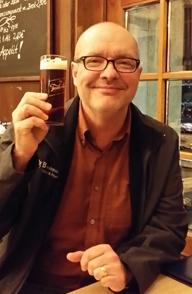
13 Classic Beer Styles That Deserve a Comeback
Brewers Are Reviving Styles From As Far Back As 2000 B.C.
A novice craft beer explorer walks into a brewery taproom that focuses on classic beer styles and asks, "What do you make that's super hazy?" The taproom worker replies, "Uh, we have a Belgian Witbier." Confused, the craft beer newbie mutters, "thanks anyway," and walks out.
In a rush to chase trends and embrace hazy IPAs, kettle-soured ales, pastry stouts, fruit puree "beers" and milkshake ales, some modern craft beer drinkers seem to be missing out on the extraordinary array of classic beer styles that inspired the American craft beer craze in the first place. After drifting into relative obscurity in the U.S. over recent years, many of these beloved classic lagers and ales seem overdue for a return to popularity, and America is now beginning to witness a smattering of new breweries that focus on the production of classic brews.
Read on for a rundown of 13 illustrious classic beer styles recognized by the Beer Judge Certification Program that definitely deserve a comeback.

American Amber Ale
This mouth-watering beer style was born in the late twentieth century in the hop-growing Pacific Northwest and Northern California. Imagine an America Pale Ale with a slightly thicker mouthfeel and prominent notes of toffee and caramel malts followed by moderate American hop flavor and bitterness reminiscent of citrus and pine. American Amber Ales lean more toward a malt emphasis over hops, but the range of hop presence in different brands can be substantial. The color of these beers might range from amber to almost copper/brown with a long-lasting off-white foam. Dry-hopping may produce a touch of haze. Most of the remaining commercial examples, such as North Coast Red Seal Ale, Anderson Valley Boont Amber, Lagunitas Censored Ale and Bell's Amber Ale, fall within an alcohol by volume (ABV) range of around 5.0 to 6.5%.
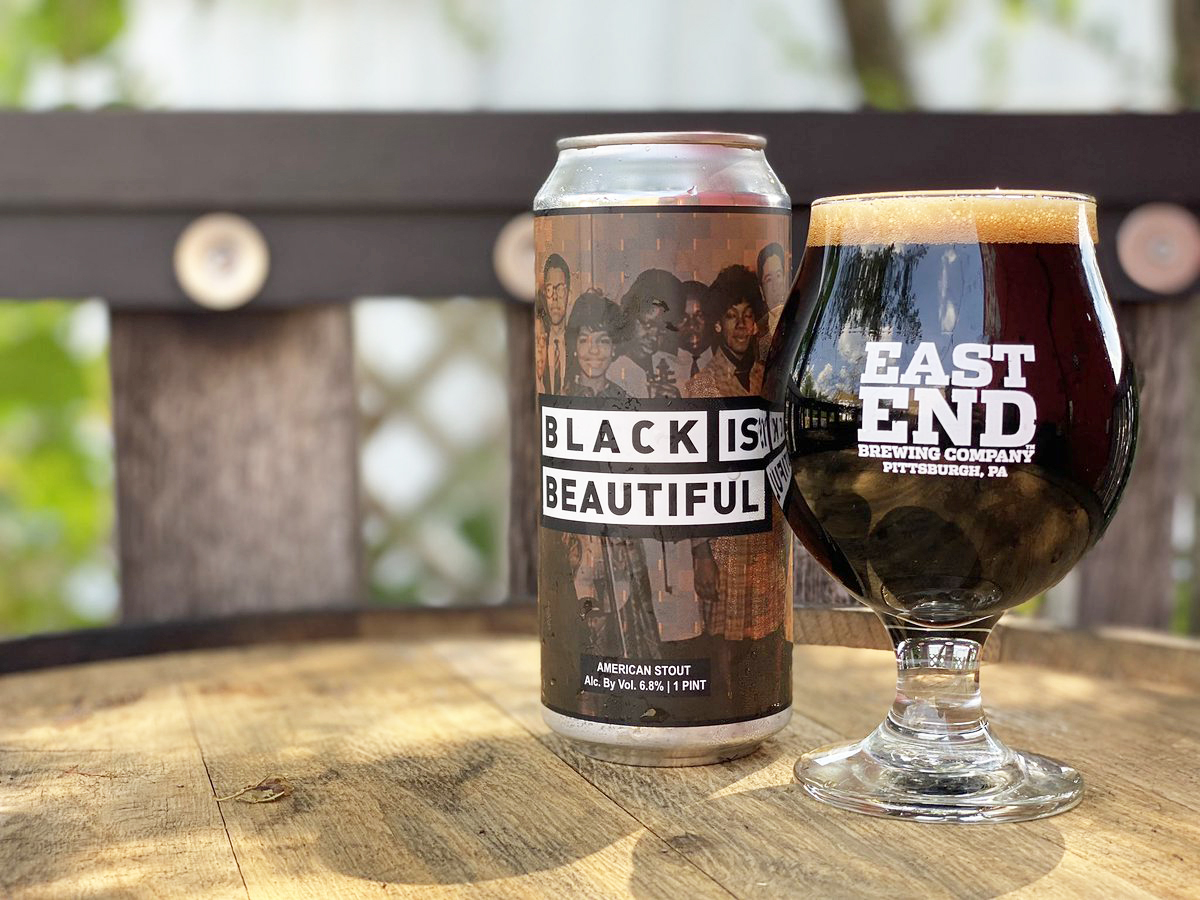
American Stout
Rich and hoppy, American Stouts rank as slightly strong, roasty black ales with notes of espresso, dark chocolate and burnt sugar. Much like Black IPAs and unlike most modern popular sweet pastry stouts, American Stout recipes should include generous additions of citrusy, piney, dank American hops that provide remarkable hop aroma, flavor and bitterness to complement the dark malts and mild fruity esters. According to Beer Snobs, bitterness might be an acquired taste, but it forms an essential component of this satisfying style. American Stouts offer more roasted malt and rich mouthfeel than Black IPAs. This beer style falls in the 5.0 to 7.0% ABV range, with stronger American Stouts more likely fitting into the Imperial Stout slot. A few American Stout examples may still be available in a handful of U.S. brewpubs, and some packaged standouts include Rogue Shakespeare Stout, Sierra Nevada Stout, Avery Out of Bounds Stout and Deschutes Obsidian Stout.
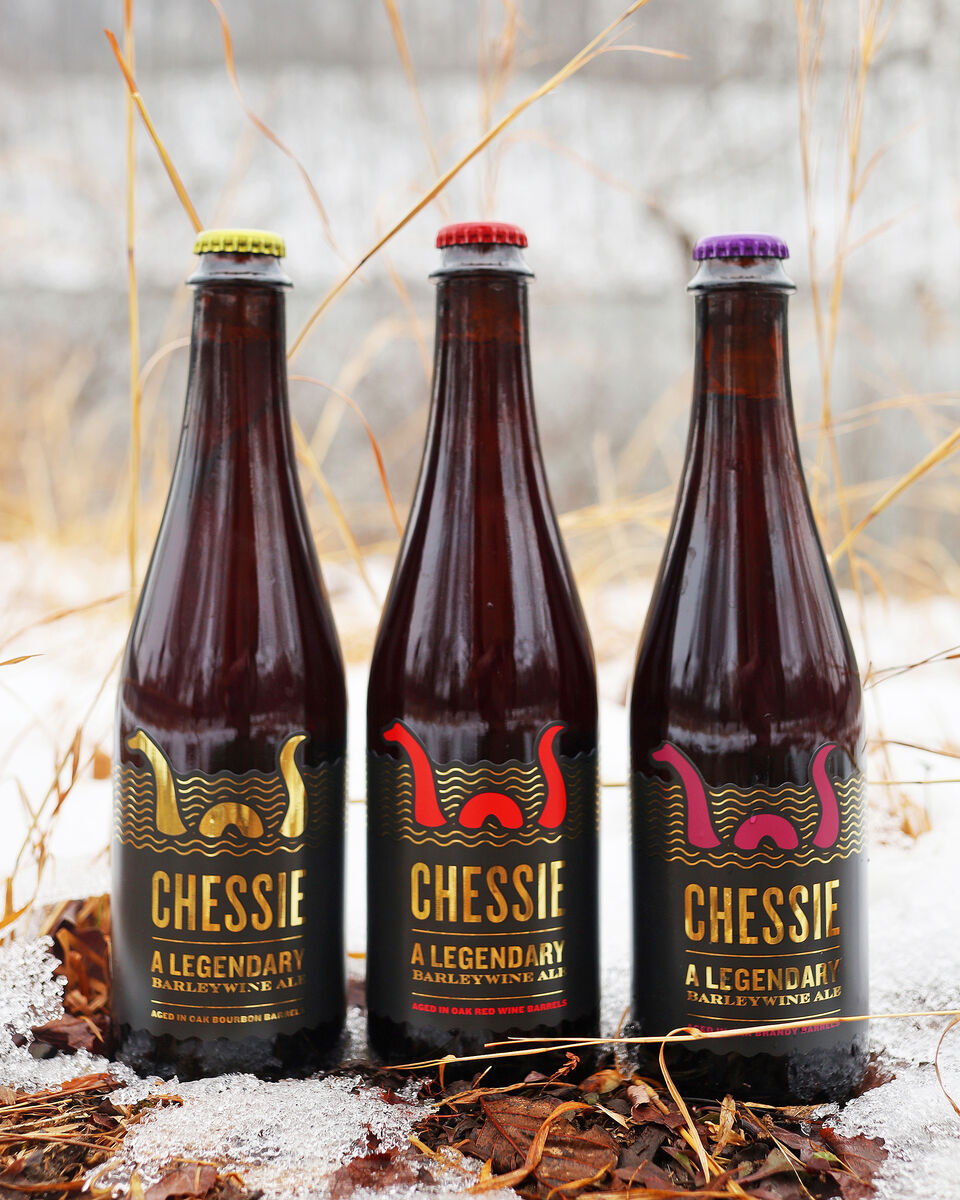
Barleywine
Not wine at all, Barleywines are actually mouth-watering, malty, potent ales that offer a chewy, viscous, complex toffee malt character along with a warming ABV of 8.0-12.0%. In the 1990s, Barleywines were extraordinarily popular. Sadly, these brawny brews have lost traction in recent years in favor of more trendy beer styles. English Barleywines are often dark amber/brown in color with a tremendous depth of sweet malt and fruity esters reminiscent of plums, raisins and dark cherries. In contrast, American Barleywines tend to be a touch lighter in color, and the fruity malt profile gets balanced by hefty additions of American hops for aroma, flavor and bitterness.
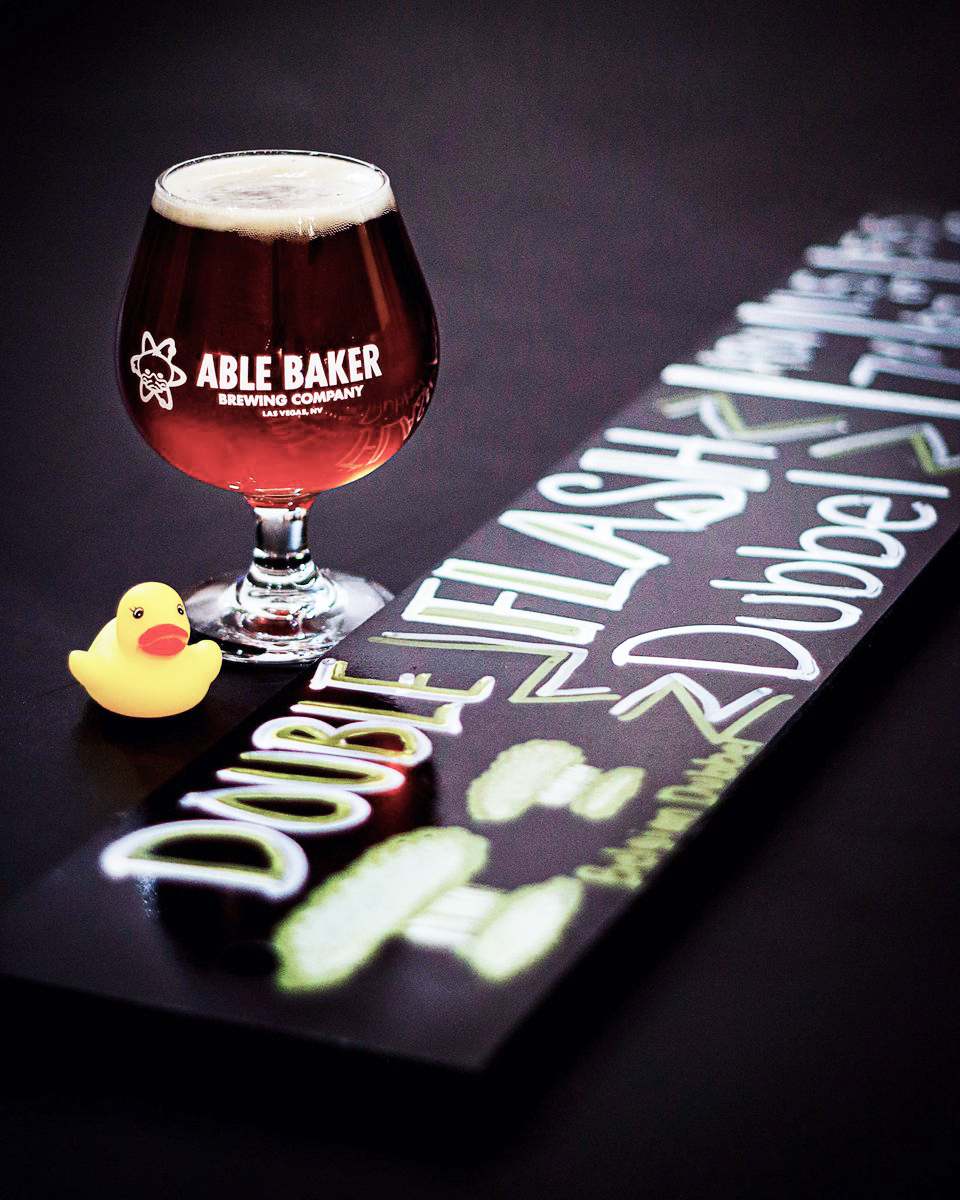
Belgian Dubbel
Here's a medieval beer style of dark ale made famous over the last 150 years by Trappist brewing monks in Belgium and the Netherlands. Expect a deep amber, reddish hue with aromas and flavors of toffee-like malt, plums, cocoa, raisins and nuances of pleasant clove, banana and spice from compounds produced by Trappist ale yeast during fermentation. Always balanced toward malt, these elegant ales possess just enough hop character to prevent the beer from coming across as too sweet. With an ABV of around 6.0 to 7.6%, a well-made Dubbel finishes slightly dry with a marvelous, lingering finish. Chimay, Rochefort, La Trappe and Westmalle all produce outstanding Dubbels.
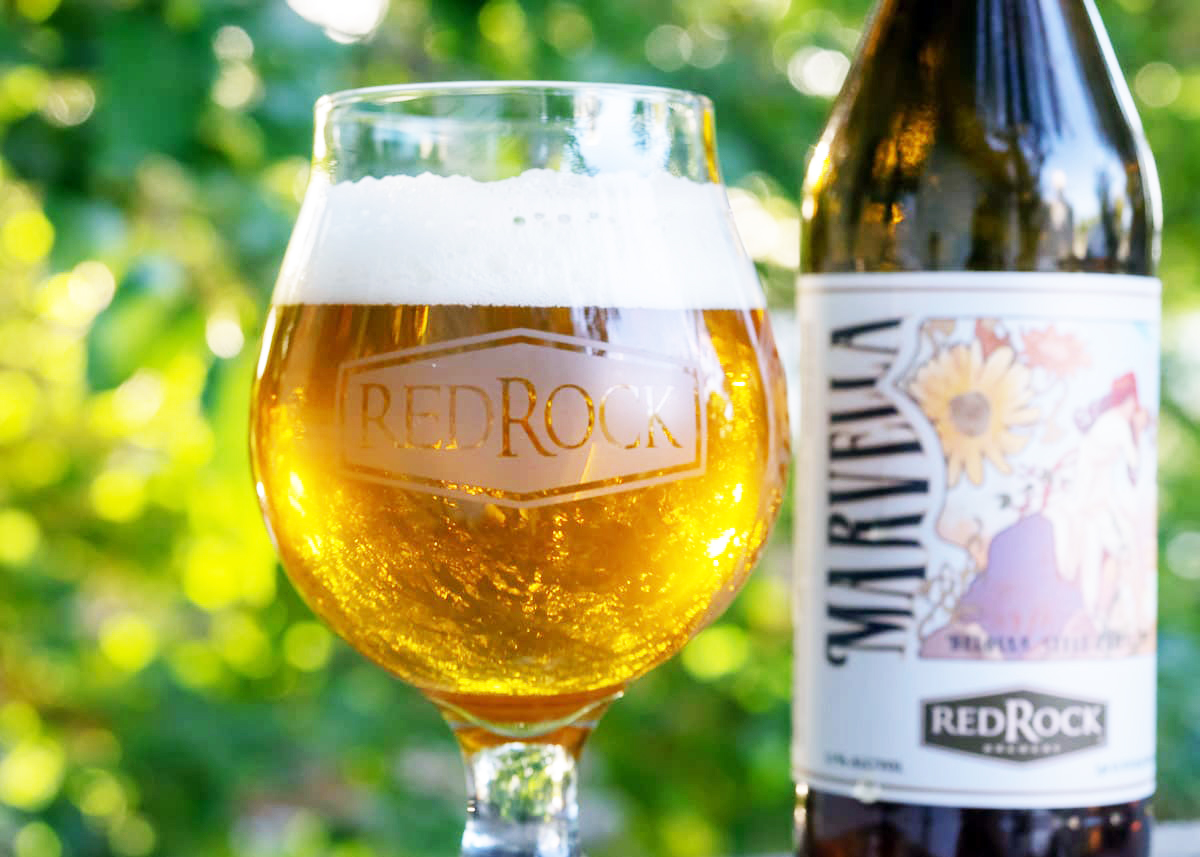
Belgian Tripel
Along with a classic Dubbel ale, most Trappist abbey breweries in Belgium and the Netherlands also make a strong, sophisticated golden beer from pilsner malt, clear candy sugar and European and U.K. hops. With an ABV of 7.5 to 9.5%, Tripels deliver a malty, spicy, fruity, slightly bitter profile that's incredibly drinkable despite the lofty alcohol content. Fermentation compounds from the Belgian yeast may add notes of citrus, honey and white pepper. Any added spices should simply provide subtle nuances in the background of flavors. Remember, it's merely pronounced "triple," not "truh-PEL." Seek out commercial examples of this beer style such as Westmalle Tripel, Chimay Cinq Cents, La Trappe Tripel, Bold Monk The Way Triple, Left Hand St. Vrain Tripel and Victory Golden Monkey.
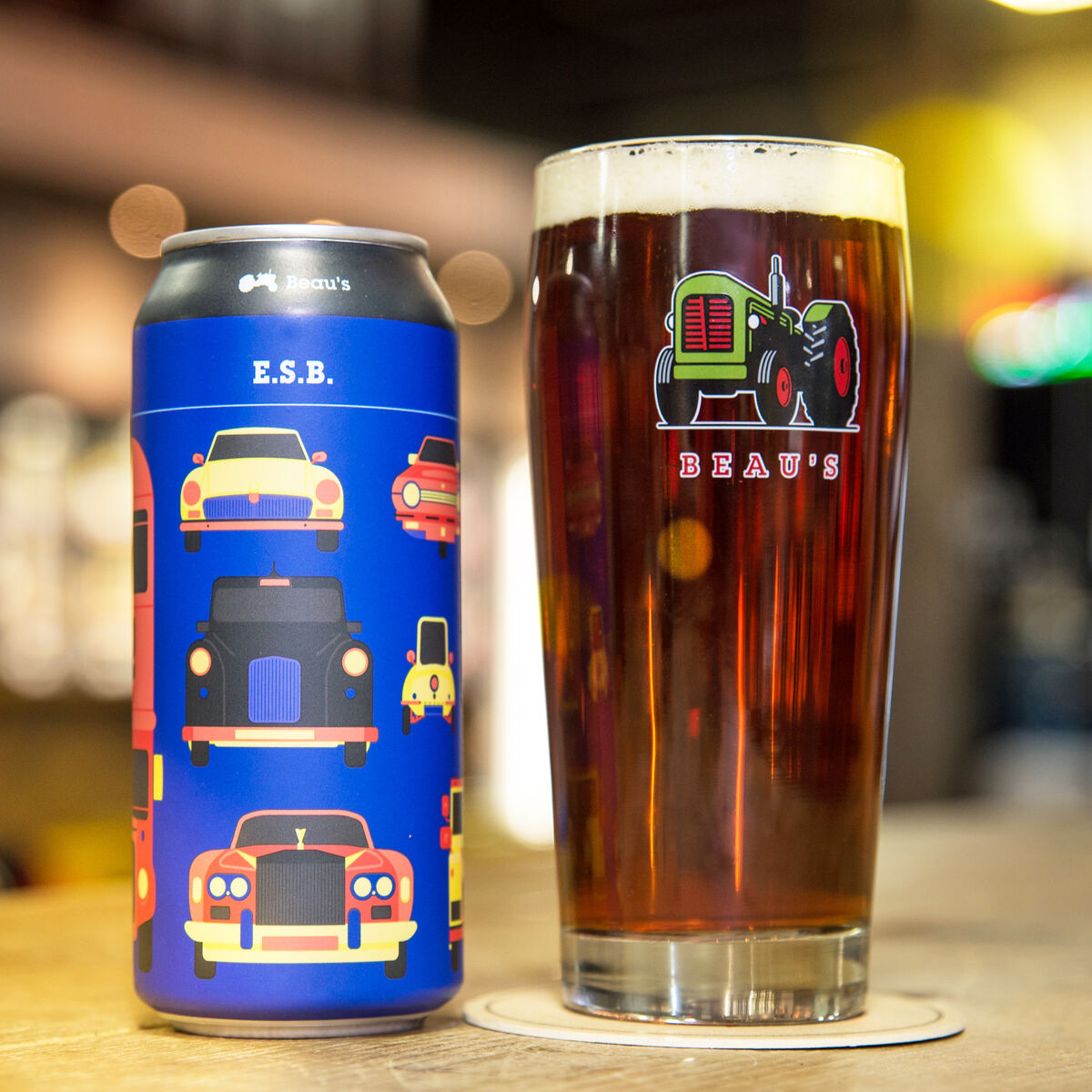
British Bitter
Imagine sitting in a quaint pub in the English countryside sipping a 20-ounce imperial pint of a fresh cask-conditioned English Bitter ale. Unbelievably, this national drink of England is experiencing a downturn in popularity, with U.K. cask hand pump taps now starting to serve hazy IPAs and pastry beers – primarily due to American influence. Some younger drinkers call British Bitter "boring brown beer," but nothing is boring about a well-made and well-kept British Bitter. Not really bitter at all (perhaps confusion regarding the style’s name is another reason for its downturn), these malty ales offer elegant notes of U.K. pale malt, crystal malt, woody/floral English hops, bread crust, toffee and pleasant fruity esters. British Bitters come in three levels, based on strength: Ordinary Bitter that's around 3.5% ABV, Best Bitter in the 4.5% range, and Strong Bitter at around 5.5%. Delicate with a short shelf life, Ordinary Bitter ranks as a superbly refreshing, dry, quaffable style that's now quite difficult to find in the U.K. Best Bitter holds the title of the most popular category of British Bitter. Strong Bitter is also known as Extra Special Bitter, and American brewers often use the term "ESB" for local examples of this malty style. If a beer style could be analogous to "comfort food," it would have to be a satisfying, sociable and sessionable British Bitter.

California Common
At the height of the Gold Rush, when San Francisco saloon patrons wanted a beer similar to English ale, a few local brewers concocted a unique recipe. Pale, caramel and toasted malts were used, along with piney, woody Northern Brewer hops for splendid hop aroma, flavor and a wonderfully bitter bite. Ubiquitous lager yeast was employed for fermentation, and the boiled wort was laid out in shallow vessels to cool in the chill of the Bay Area, often producing "steam" in the brewhouse. Anchor Brewing revived the California Common style in the 1970s with the release of Anchor Steam Beer. Variants of the style exist in a few brewpubs across the U.S., with the best examples offering 4.5 to 5.5% ABV along with traditional Northern Brewer hop aroma and bitterness.
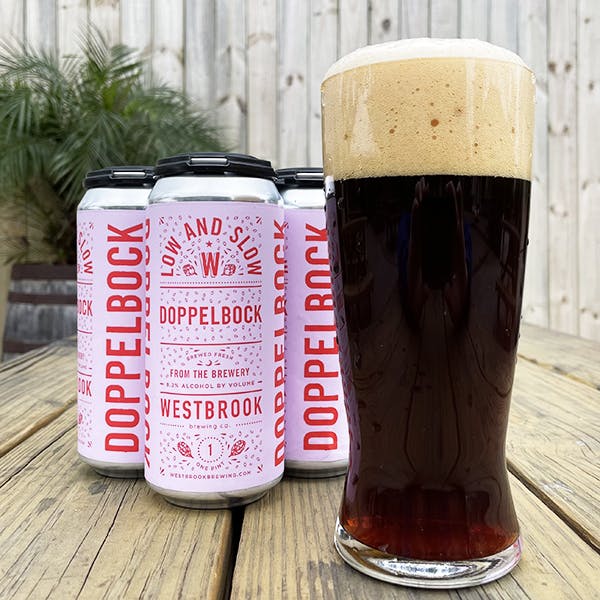
Doppelbock
Doppelbocks are strong, malty, German-style lagers loaded with toasty Vienna and Munich malts that provide a rich mouthfeel and beautiful flavor notes of dark bread crust, caramelized sugar and alcohol spice. A touch of German hops balances the rich malt profile, preventing the style from finishing overly sweet. Dark and pale versions exist, and Paulaner monks brewed the first Doppelbock in Munich almost 400 years ago to nourish the brothers through the rigors of abstaining from solid food during Lent. Since this pioneering Doppelbock was named "Salvator," many modern doppelbock names now end in "-ator." Examples include Ayinger Celebrator, Spaten Optimator, Tröegs Troegenator and Rahr & Sons The Regulator. Look for ABV percentages in the 7.0 to 10% span.
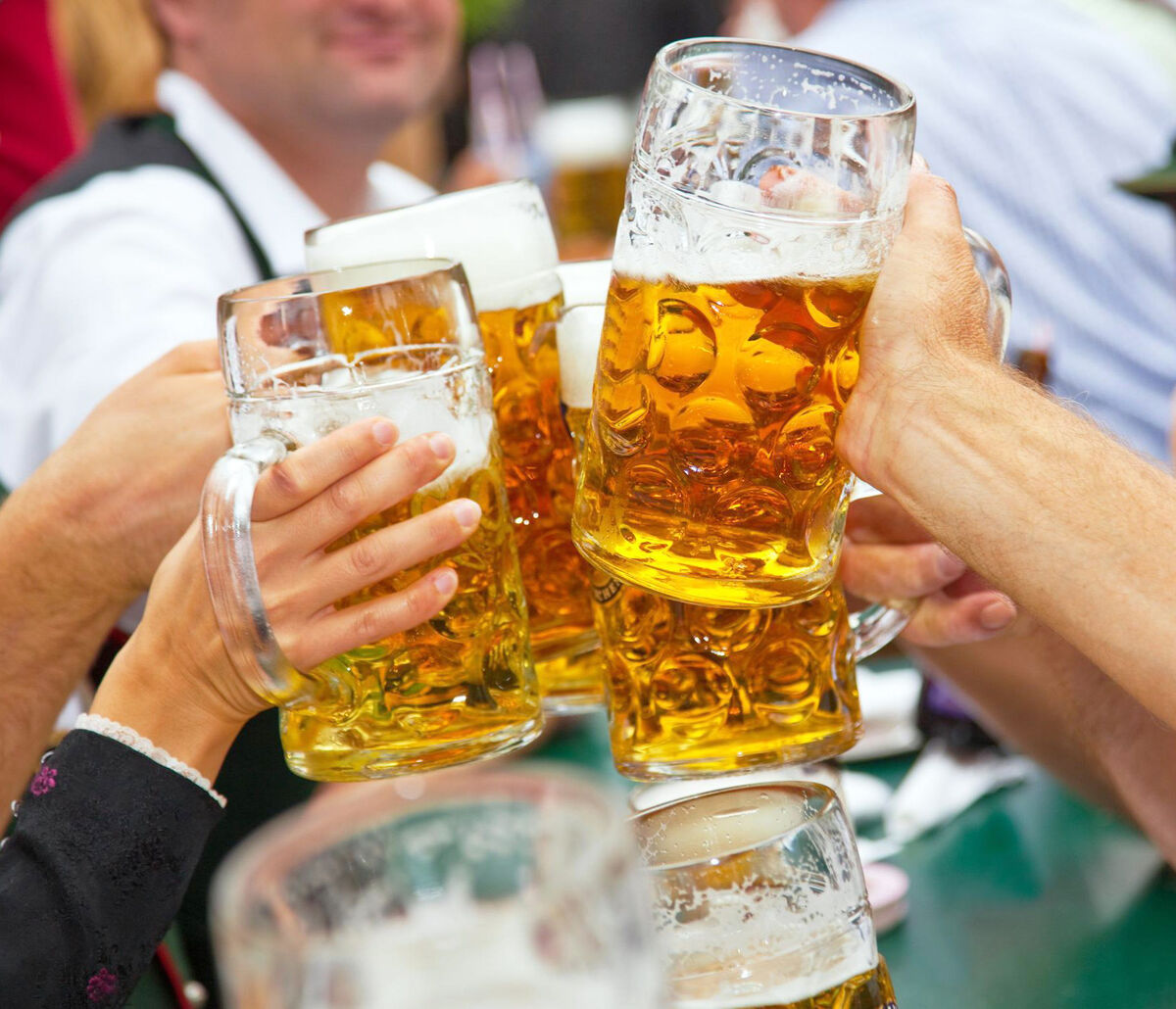
Munich Helles
Around 1894, Munich's Spaten Brewery created a new style of pale lager to compete with the growing popularity of Pilsners. Helles means "bright" in German, and Munich Helles beers glow with a pale gold color and brilliant clarity. It's astounding that such a light beer offers so many clean flavors of sweet malt, honeysuckle and spicy, herbal character from aromatic German hops. With a finish that comes across as malty, yet slightly dry and deliciously bitter, a proper Helles never finishes overly sweet. This sessionable, 4.7-5.4% ABV lager ranks as the most popular beer style in Bavaria.
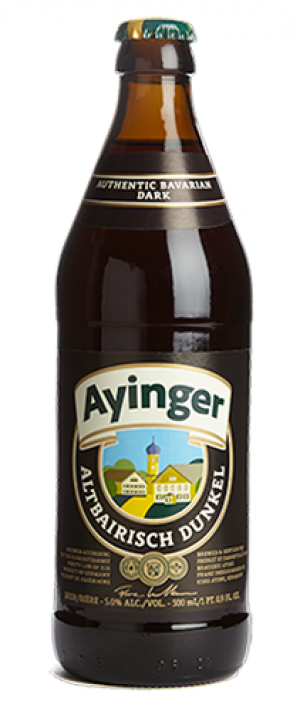
Munich Dunkel
The sister beer of Munich Helles is a darker version known as Munich Dunkel. "Dunkel" means dark, and this style's color ranges from copper to brown often with a touch of red or garnet when held to the light. Because of the lovely Munich malt and caramel malt character, beer writer Michael Jackson called this style "liquid bread." Finish this mouth-watering malt profile with a touch of traditional German hops and German lager yeast, and the result is Munich Dunkel. Not as malty and strong as a Bock, Dunkel possesses an ABV range of 4.5 to 5.6% ABV. The hop flavor is low with a medium-dry, malty finish that should never come across as burnt or cloying.
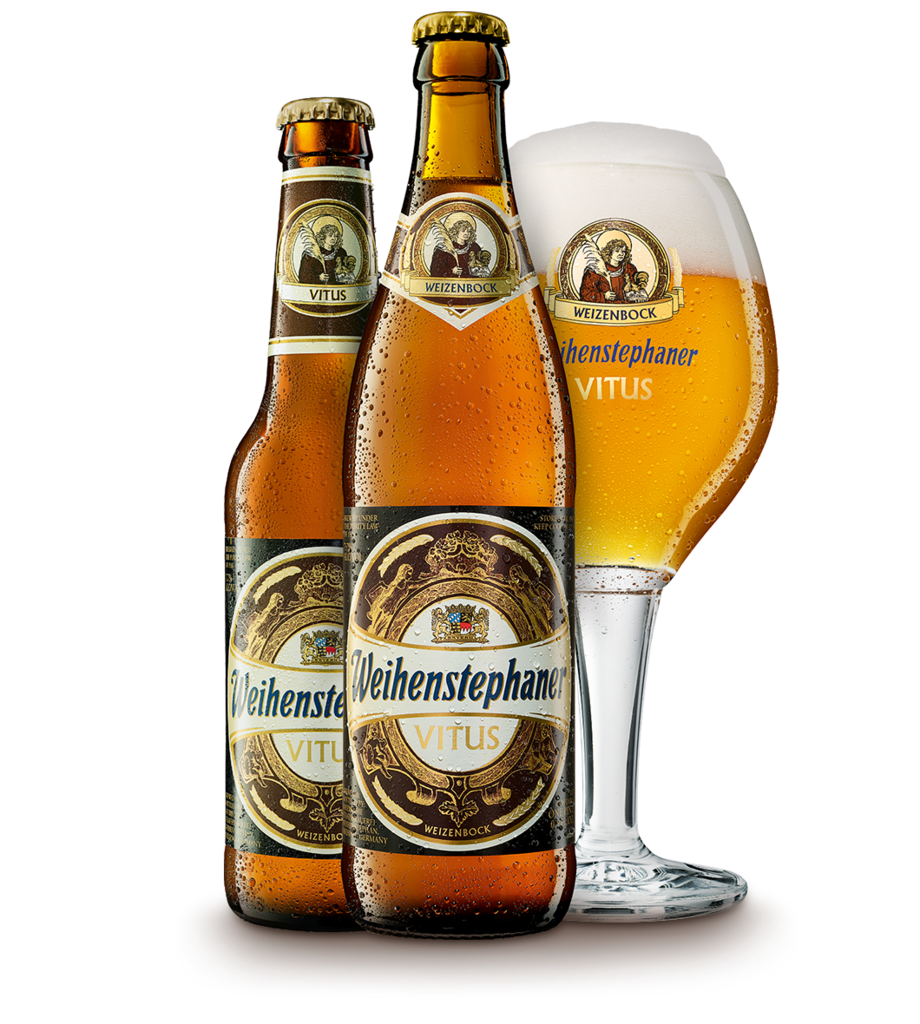
Weizenbock
Imagine a refreshing Bavarian-style wheat beer loaded with fermentation complexity of clove, spice, bubblegum, banana, fruity esters and cereal notes. Imagine turning this into a strong version with an ABV of 6.5 to 9.0%. The result is Weizenbock – an amplified version of a Weissbier with the intense, rich malt character and alcohol warmth of a Doppelbock. Aventinus, the original Weizenbock, was first brewed in 1907 at the Schneider Brewery in Munich, and lucky patrons can still visit the brewery tavern for a dish of schweinshaxe (pork knuckle) washed down with a tall glass of hearty Aventinus.

Wheatwine
Wheatwine often comes across as a strong, malty Barleywine-type ale made with 50% wheat malt for bold, grainy, bready, cereal flavors accentuated by fruity esters, warming alcohol and light notes of caramel and dark honey. A few versions undergo oak-aging for added vanilla and sherry complexity, and hops usually take a backseat to the powerful wheat character. Wheatwines typically fall within the 8.0 to 12.0% ABV range and are made using alcohol-tolerant American ale yeast strains. Clove-like, spicy Bavarian wheat beer notes are not appropriate. Expect a vivid gold to dark copper hue and a thick, creamy head.

Witbier (Belgian White Ale)
When this 400-year-old Belgian beer style almost went extinct in the mid-twentieth century, Belgian brewer Pierre Celis brought it back from the abyss and introduced it to the U.S. when he moved to Texas to open Celis Brewery in Austin. In the 1990s, craft brewers around the world began making this refreshing style, but, sadly, Witbier is once again in decline. This delightful ale, usually made with 50% unmalted wheat and 50% pale malt or pilsner malt, experiences fermentation from an exquisite Belgian yeast strain that provides wonderful spicy, fruity notes and an ABV of 4.5 to 5.5%. Coriander and orange peel additions kick up the complexity of this style that also showcases a fluffy white head and a golden haze. Yep, here's a hazy beer that was popular before haze became a craze with modern drinkers.
Philosopher R. G. Collingwood once said, "History is for human self-knowledge. The only clue to what man can do is what man has done." Drinkers who restrict themselves to only modern, trendy beers will miss out on experiencing the flavors and personalities of many classic beer styles that sparked the current craft beer renaissance. Seeking out classic styles and encouraging local breweries to produce them means these fascinating beers might be preserved and appreciated by new generations.



